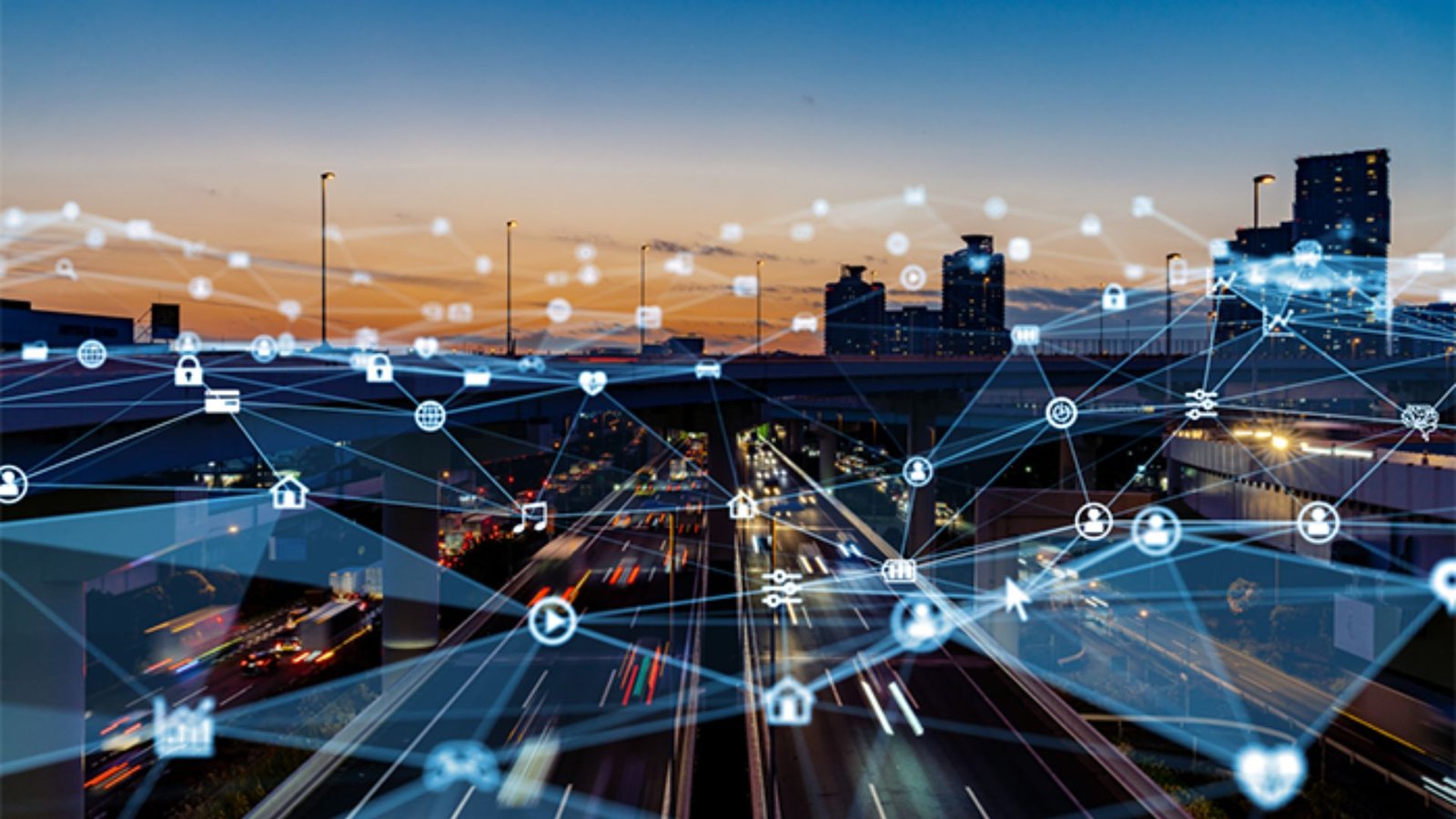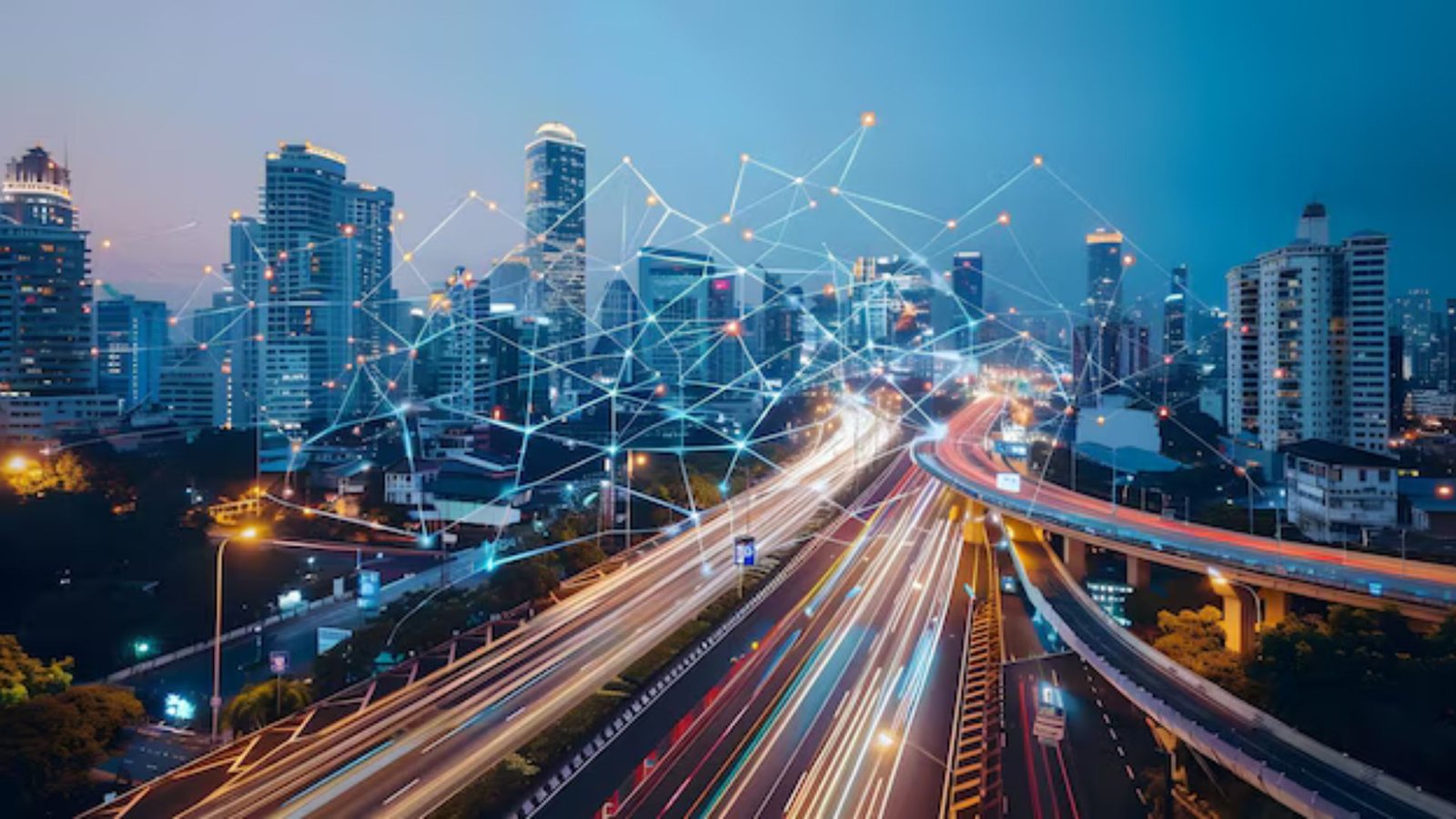Infrastructure design is a cornerstone of development, playing a crucial role in shaping cities, communities, and economies. From transportation systems to energy networks, the design and planning of infrastructure impact almost every aspect of our daily lives. A well-designed infrastructure framework promotes economic growth, enhances sustainability, and improves the quality of life for residents. In this article, we’ll explore the critical role infrastructure design plays in development and why it’s so essential for the progress of both urban and rural areas.

1. Facilitating Economic Growth
Infrastructure design is a primary driver of economic development. The well-planned infrastructure allows for the smooth movement of goods, services, and people, which is essential for a thriving economy.
Transportation Networks
Efficient transportation systems are vital for connecting businesses with consumers and markets. Roads, highways, railways, and airports facilitate trade and commerce by making it easier to transport goods over long distances. In addition, well-designed public transportation systems improve the flow of people, enabling workers to commute efficiently and businesses to operate without disruptions.
Access to Markets
Good infrastructure opens access to national and global markets. With modern ports, roads, and communication systems, countries can expand trade opportunities, attract foreign investment, and increase their competitiveness in the global economy. In developing countries, improved infrastructure is often the first step in opening new economic opportunities for businesses and entrepreneurs.
2. Supporting Sustainability
In today’s world, infrastructure design must consider sustainability. The way we build infrastructure determines the environmental impact it has and whether it helps create long-term ecological balance.
Green Infrastructure
Sustainable infrastructure incorporates green elements like parks, green roofs, and urban forests that support biodiversity and improve environmental quality. Green infrastructure reduces the heat island effect, manages stormwater, and improves air quality. Cities designed with sustainability in mind provide better living conditions while mitigating the effects of climate change.
Energy Efficiency
Efficient energy infrastructure—such as renewable energy sources like solar, wind, and geothermal—helps reduce a city’s reliance on fossil fuels. Incorporating energy-efficient buildings and infrastructure reduces energy consumption and lowers carbon emissions, contributing to a greener, more sustainable environment.
3. Enhancing Quality of Life
Infrastructure design directly impacts the well-being of individuals and communities. Thoughtfully designed infrastructure enhances living conditions, improves health, and creates vibrant, accessible communities.
Healthcare and Education
Infrastructure development in healthcare and education ensures that essential services are accessible to everyone. Well-designed hospitals, clinics, schools, and universities provide better educational opportunities and improve public health. When people have easy access to these services, they can lead healthier, more productive lives.
Public Spaces and Recreation
Public spaces, such as parks, plazas, and community centres, enhance the social fabric of a city. These spaces provide areas for relaxation, physical activity, and social interaction, contributing to mental and emotional well-being. Well-planned recreational facilities help build a sense of community and promote healthy lifestyles.
4. Boosting Social Equity
Inclusive infrastructure design can promote social equity by providing equal access to services and opportunities, regardless of socioeconomic status or location.
Affordable Housing
In urban areas, the design of affordable housing is key to promoting social equity. Well-designed neighbourhoods with access to quality schools, healthcare, and public transport can reduce poverty and improve living conditions. Infrastructure development in underserved areas helps ensure that all members of society have access to the resources they need to thrive.
Bridging Rural and Urban Gaps
Infrastructure design is also essential in bridging the gap between rural and urban areas. By improving transportation and communication infrastructure, rural communities gain better access to education, employment opportunities, and healthcare. This reduces inequality between urban and rural populations and promotes balanced development across regions.
5. Ensuring Resilience to Natural Disasters
Infrastructure design must take into account the risks posed by natural disasters. A resilient infrastructure system ensures that cities can recover quickly from events like floods, earthquakes, or hurricanes, minimizing the impact on both people and the economy.
Disaster-Resilient Infrastructure
Infrastructure such as flood barriers, earthquake-resistant buildings, and stormwater management systems are vital for disaster preparedness. By incorporating these elements into urban planning, cities can reduce the vulnerability of their populations to natural disasters. This type of infrastructure also helps communities bounce back faster, allowing them to resume normal life and rebuild after a disaster.
Climate Change Adaptation
As climate change continues to cause more frequent and severe weather events, infrastructure design must adapt. Infrastructure that supports climate change adaptation includes systems that manage rising sea levels, reduce flooding, and mitigate the impact of extreme temperatures. Resilient cities are better equipped to handle the challenges posed by climate change.
6. Improving Governance and Connectivity
Infrastructure design enhances governance and communication, helping governments manage cities more effectively and connect residents with essential services.
Digital Infrastructure
The role of technology in modern infrastructure is growing rapidly. Smart cities use digital infrastructure, such as sensors, IoT (Internet of Things) devices, and data analytics, to improve public services like traffic management, waste disposal, and energy distribution. These systems enable more efficient management of resources and better delivery of services to residents.
Strengthening Connectivity
Infrastructure that promotes connectivity—like reliable internet, efficient transport, and communication networks—creates opportunities for individuals and businesses to thrive. Better connectivity allows for the smooth exchange of information, drives innovation, and supports the development of new industries, leading to a more prosperous society.
7. Supporting Long-Term Development Goals
Infrastructure design is critical to achieving long-term development goals, including those set by international organizations such as the United Nations (UN). The design of infrastructure can help reduce poverty, promote education, and improve health, all of which are central to sustainable development.
Sustainable Urbanization
As more people move into cities, there is a growing need for sustainable urbanization. Infrastructure design that incorporates mixed-use developments, green spaces, and sustainable building practices helps manage the challenges of rapid urban growth. Cities built with long-term goals in mind can provide a better quality of life for residents while ensuring sustainability.
Economic Diversification
Investing in diverse infrastructure—such as transportation, communication, energy, and education—encourages economic diversification. This allows cities to thrive beyond industries like agriculture or mining, creating a more resilient economy that can adapt to changes in the global market.
Conclusion
In conclusion, infrastructure design plays an indispensable role in development. It supports economic growth, enhances quality of life, and promotes sustainability. Thoughtful and strategic infrastructure planning ensures that cities are resilient, equitable, and capable of adapting to future challenges. From energy transportation, and healthcare to green spaces, infrastructure is the foundation of any successful development project. As cities continue to evolve, the importance of effective infrastructure design will only grow, driving development and progress in the years to come.




